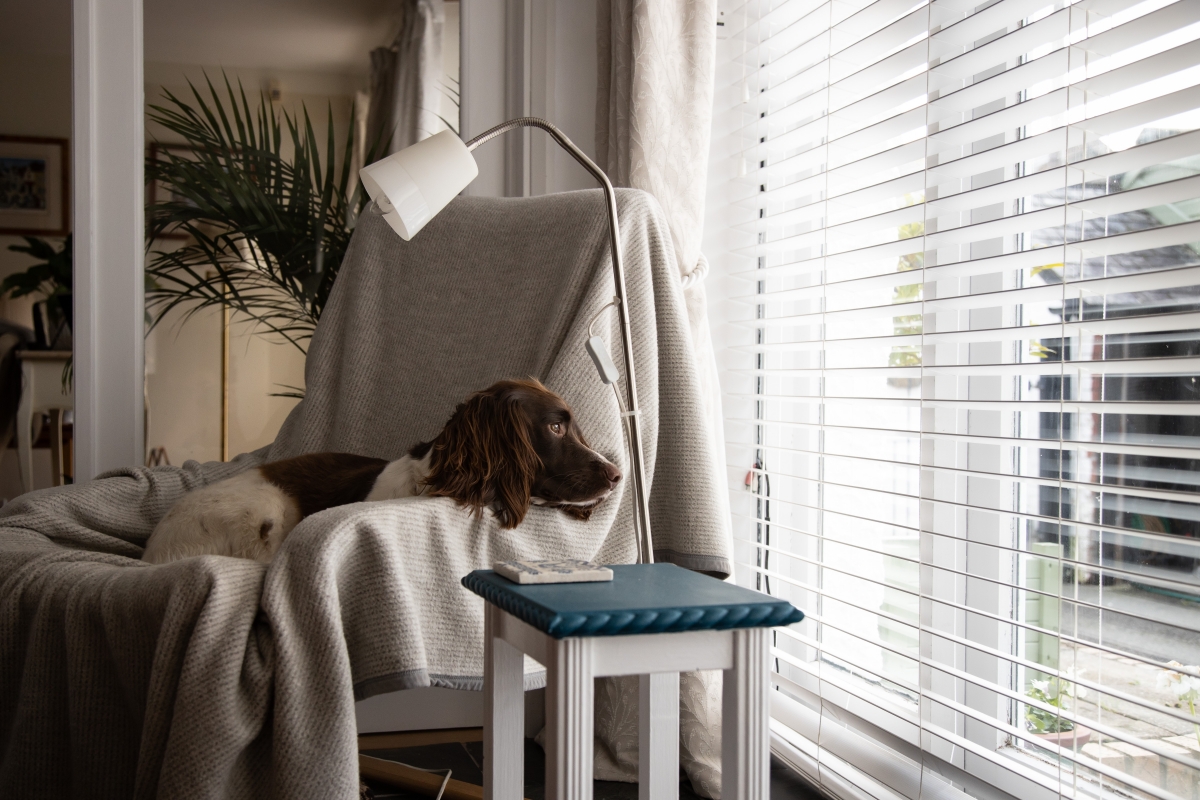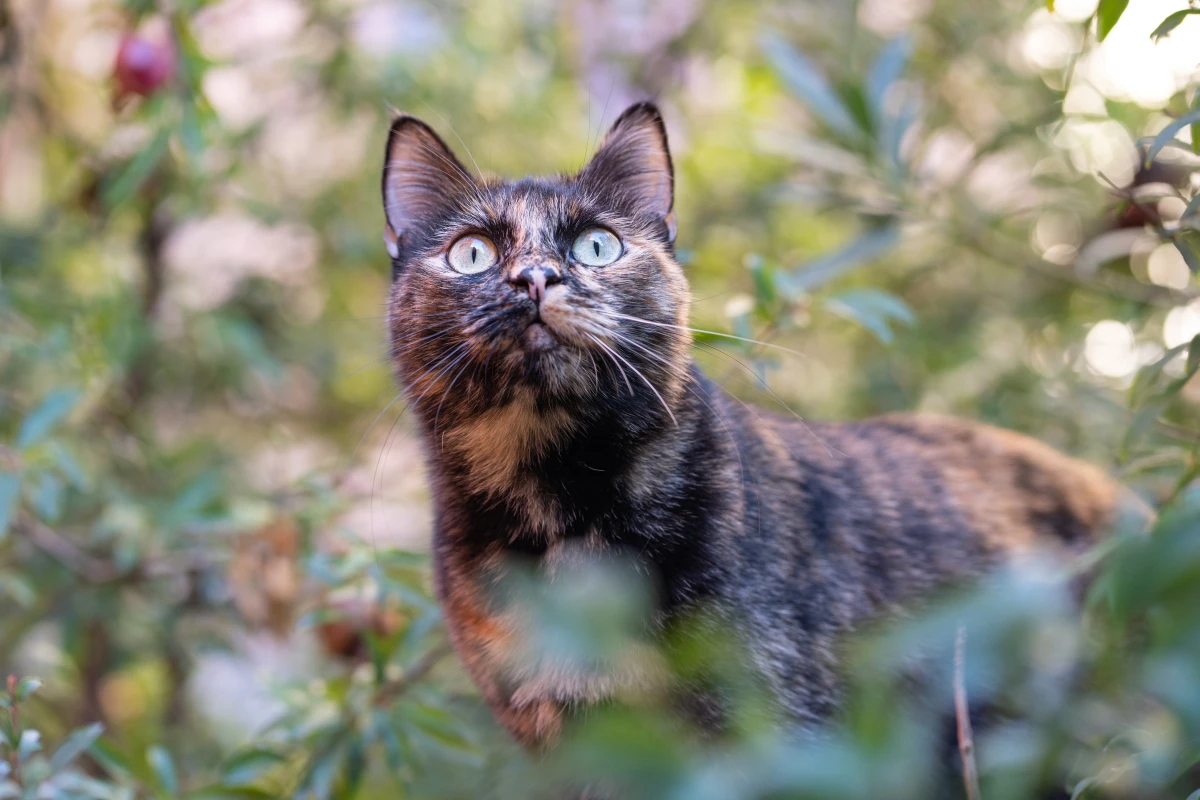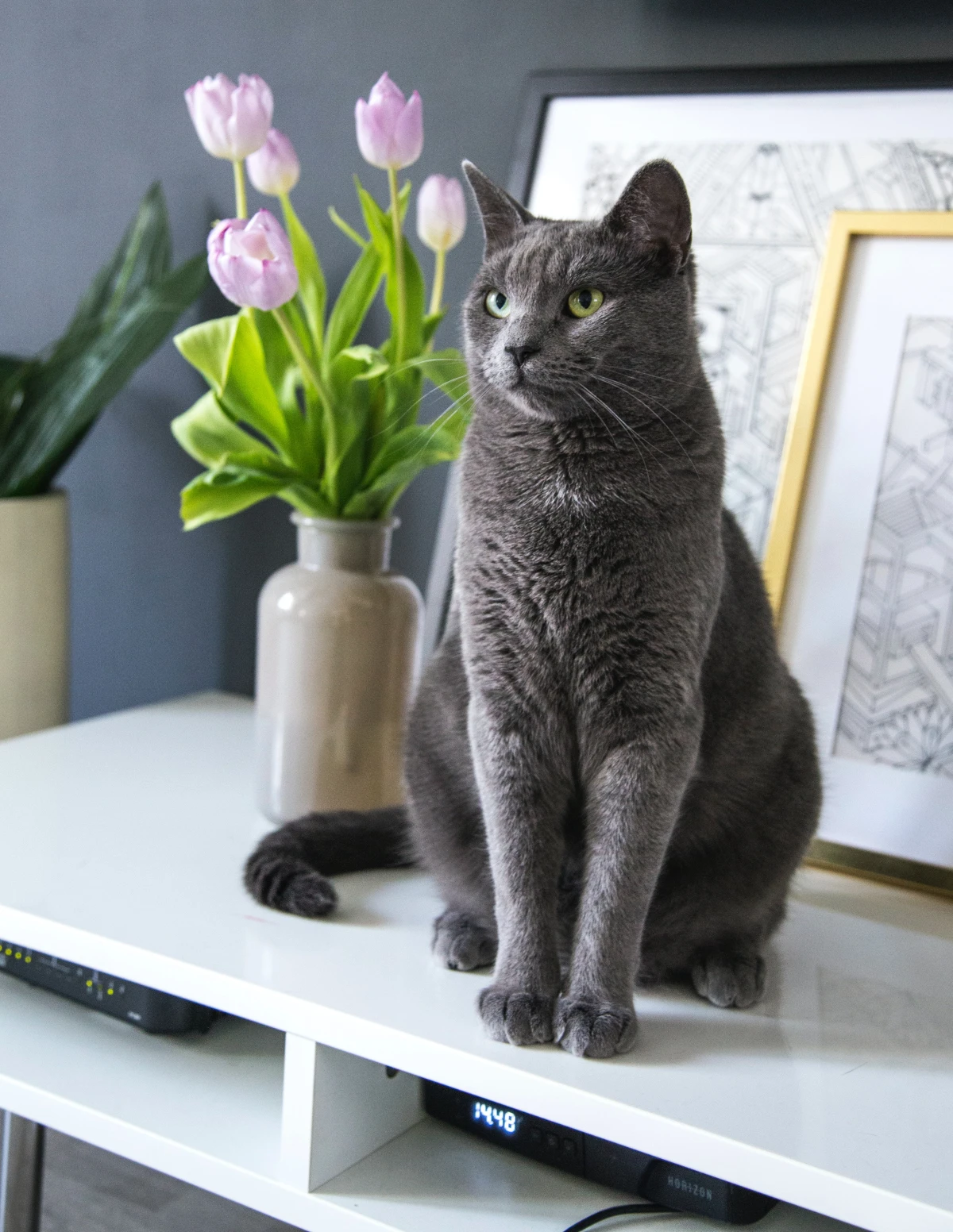Pet Proofing Your Home And Garden
As a pet owner, creating a safe and comfortable environment for your furry friends is paramount. That involves pet-proofing your home and garden to protect them from potential hazards. This guide will help you navigate the essentials of pet-proofing to ensure your pet’s safety and well-being. Inside Your Home: Pet-Proofing Essentials Secure the Hazards: Begin by ensuring that all potential hazards are out of your pet’s reach. That includes household chemicals, medications, small objects that can be swallowed, and toxic plants. Invest in childproof latches to secure cabinets, and always keep the bathroom door closed to prevent mishaps. Provide a...

As a pet owner, creating a safe and comfortable environment for your furry friends is paramount. That involves pet-proofing your home and garden to protect them from potential hazards. This guide will help you navigate the essentials of pet-proofing to ensure your pet’s safety and well-being.

Inside Your Home: Pet-Proofing Essentials
- Secure the Hazards: Begin by ensuring that all potential hazards are out of your pet’s reach. That includes household chemicals, medications, small objects that can be swallowed, and toxic plants. Invest in childproof latches to secure cabinets, and always keep the bathroom door closed to prevent mishaps.
- Provide a Safe Space: Every pet should have a secure, comfortable place to rest and relax. This space should include a pet bed or crate, toys, and access to water.
- Cords and Cables: Pets, especially puppies and kittens, are prone to chewing on cords and cables. Use cord covers or conceal them behind furniture to prevent potential shocks or injuries.
- Glazed Doors and Windows: Internal glass doors may help you keep an eye on your roaming pet. You may have to get them used to the idea of glass, though. Consider adding a decorative decal or curtain at their eye level to help them recognize the door or window.

Pet-Proofing Your Garden
- Secure the Perimeter: Make sure your garden is enclosed to prevent your pet from escaping. Regularly check for any gaps in fences or gates where your pet could potentially squeeze through.
- Beware of Toxic Plants: Many common garden plants are toxic to pets if ingested. Research and avoid planting species such as foxgloves, lilies, and oleander. If you have existing potentially harmful plants, ensure they are out of your pet’s reach.
- Provide Shade and Shelter: If your pet spends a lot of time outside, ensure there are shady spots where they can cool down during hot weather. An outdoor pet house can provide shelter from the elements.
- Safe Storage: Garden tools, fertilizers, pesticides, and other chemicals must be stored safely. Even substances labelled as ‘pet-friendly’ can cause harm if ingested in large quantities.

Balancing Pet Safety with Aesthetics
Pet-proofing doesn’t mean you have to compromise on style. For instance, you can choose pet-friendly furniture materials that are durable and easy to clean, like leather or tightly-woven fabric. Area rugs can be secured with non-slip pads to prevent tripping and sliding while still enhancing your home’s aesthetic.
When it comes to the garden, there are plenty of pet-friendly plant options that can add colour and texture to your outdoor space. Plants like petunias, sunflowers, and snapdragons are safe for pets and can contribute to a beautiful and stimulating garden environment.

Training: A Key Part of Pet-Proofing
While it’s crucial to pet-proof your home and garden, training your pet is equally important. Teach them what they are allowed to do, like chewing on their toys, and what is off-limits. Positive reinforcement training can be an effective method to help your pets understand their boundaries.

A Safe Haven for Your Pet
With careful planning and a dash of creativity, you can successfully pet-proof your home and garden, providing a safe, enjoyable environment for your four-legged family members. The peace of mind of knowing your pets are safe and happy is undoubtedly worth the effort.

